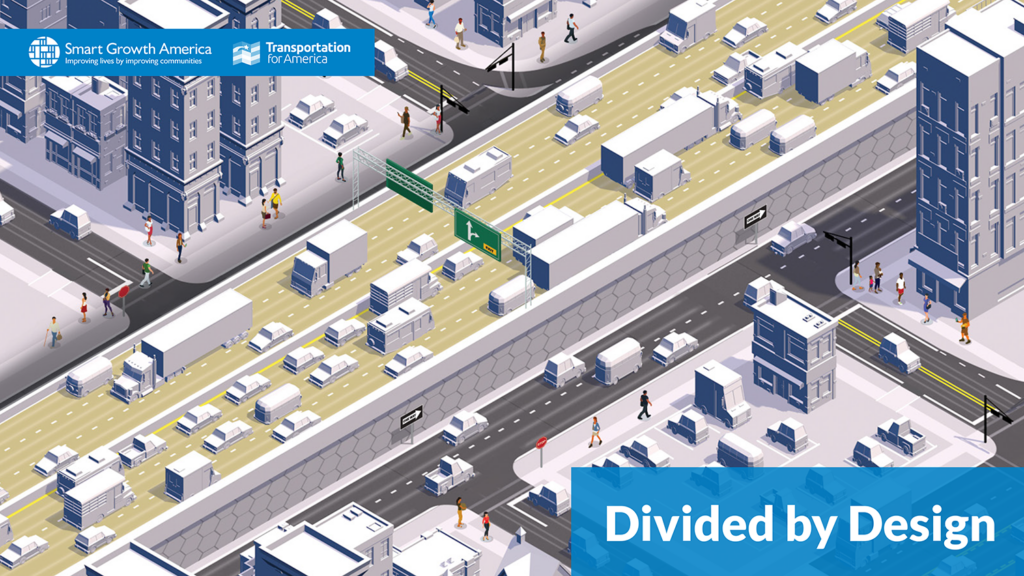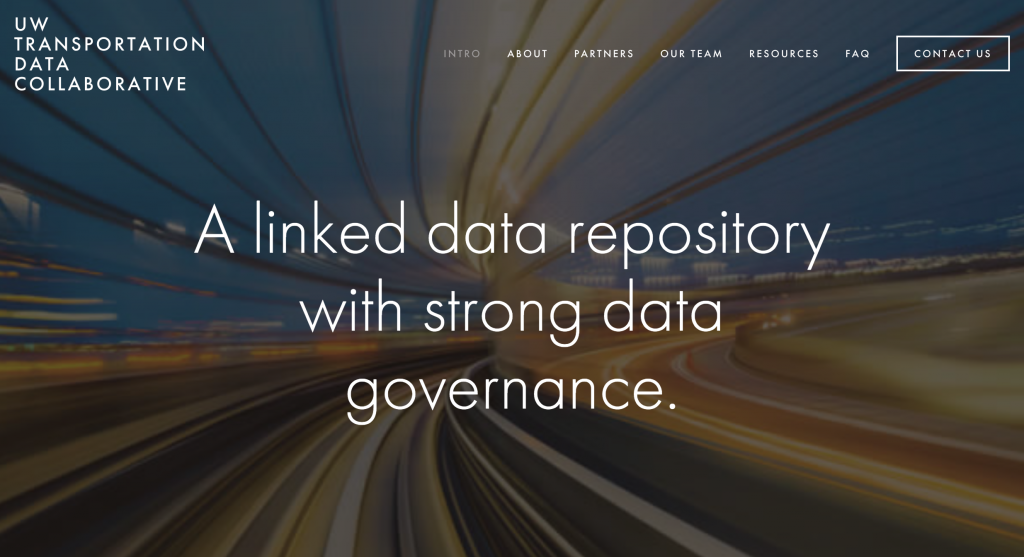
Helping cities use data to measure progress and outcomes

The second year of our Smart Cities Collaborative will tackle how new technologies and new mobility are reshaping the right-of-way and curb space via four key topics. Our second post in a series on these topics examines the concept of using data to measure progress and outcomes.
Reminder: Applications for year two of the Collaborative are open until Friday, February 16. Find out more information about eligibility and apply to participate here.
As we continue building a forum for collaboration and providing direct technical assistance to a new cohort of cities, the second year of the Collaborative will explore how new technologies and new mobility are reshaping the right-of-way and curb space. The content and curriculum will be separated into four sub-topics; design, measure, manage and price. (Read the first post on design here.) This second topic will examine the importance of utilizing data to measure project and system performance to ensure that new technologies and mobility options are implemented in ways that help cities make progress on their long-term outcomes.
Measure

A heat map of biking trips logged in Seattle using the Strava app. Via https://labs.strava.com/heatmap/
Automated vehicles, shared mobility options, and innovations in transit have tremendous power to transform both the way we move around our cities and how our cities are designed. Yet, as these technologies become increasingly available, the possibilities for both positive and negative impacts for our communities grow in parallel.
And, although the tools are new and perpetually changing, cities must remain steadfast in pursuing their community’s vision.
These advances in technology are providing a wealth of detailed, real-time data that cities can and should use to measure their daily operations and inform their decision-making. Many cities recognize the value of this data and the impact it can have, but have struggled to find the right way to gather and utilize it effectively. As a result, even though they have access to more raw data than ever before, they are struggling to quantify how particular projects or initiatives are helping—or hurting—as they develop and test new solutions to their major challenges.
By using a robust set of performance metrics, cities can evaluate the impacts of pilot projects and better calibrate them to drive the outcomes they’re seeking. This data-driven approach ensures that cities implement new technologies in ways that tackle regional priorities, are anchored to long-term community goals and mitigate potential negative impacts of new technologies.
This focus on data tied to outcomes helps cities stay rooted and grounded in a climate where technologies are changing every single day.
This year, the Collaborative will continue to refine existing metrics that best indicate success across numerous priorities, such as equity, access to employment, safety, user experience and system performance, while working to develop new metrics and indicators for things such as curb utilization or street redesigns.
We’ll also endeavor to develop shared standards, allowing cities to compare the success of projects across jurisdictions, discover the best applications of innovative technologies and better determine how to affect positive change in their own community.
With these metrics firmly in mind, the Collaborative will introduce participants to the fundamentals of data science and cover best practices in data collection and analysis. We’ll focus on how internal governance can change to reflect a data-driven approach and ensure that resulting analyses are fed back into planning and real-time dynamic operations. We’ll also explore efforts across the country to create third-party repositories of mobility data—like Seattle’s, for example—that include both public and private transportation providers, and how cities are aggregating, anonymizing and utilizing these data.
Stay tuned for our next post on our third Collaborative topic this coming year—manage—and how cities can develop public-private partnerships and use curb management strategies as tools to drive long-term outcomes.



